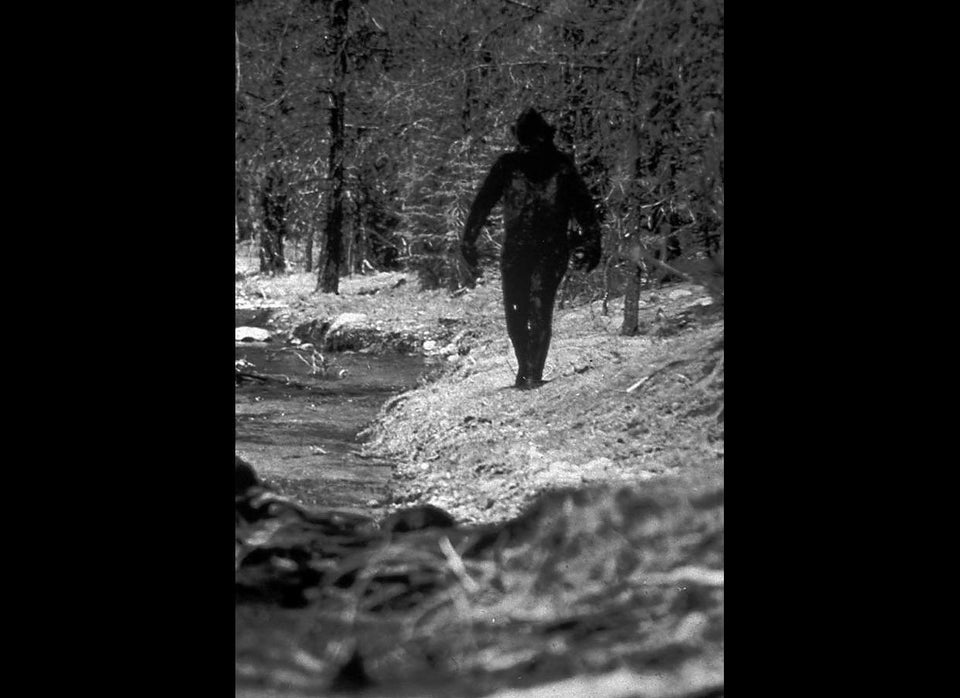
A Texas vet who claims to have DNA proof that Bigfoot is real went on the attack against a journalist who said her evidence comes from a small woodlands creature.
It's been five years since Texas veterinarian and genetics researcher Melba Ketchum began studying DNA samples from a creature she calls Bigfoot. She published her findings in a "scientific journal," though the only article to appear in the DeNovo Journal of Science was Ketchum's study, a fact that drew plenty of criticism from scientists and reporters.
Fed up by this hazy proof of "Sasquatch genomes," Houston Chronicle reporter Eric Berger sent some of Ketchum's DNA samples to an independent geneticist for analysis.
The result? The 100 DNA samples that Ketchum claimed proved the existence of a hybrid mix between homo sapiens and an unknown primate were actually the genetic makeup of ... an opossum.
Now it's a matter of he-Squatch she-Squatch.
If the evidence backed up Ketchum’s claims, I had a blockbuster story. My geneticist source would have a hand in making the scientific discovery of the decade, or perhaps the century. Ketchum would be vindicated ... Alas, I met my geneticist friend this past week and I asked about the Bigfoot DNA. It was, he told me, a mix of opossum and other species. No find of the century.
That said, Berger wouldn't reveal his geneticist over worries that the man would catch heat for giving time to a mythical creature.
Ketchum was outraged by Berger's article, telling HuffPost Weird News this morning, "He's just out there to create drama."
She bristled at the criticism and said Berger's work is scientifically flawed.
"This is unbelievable -- my study is a legitimate study," she said. "There's no credibility in his study whatsoever ... There's jealousy out there."
A total of 111 specimens of alleged Sasquatch hair, blood, skin and other tissues formed the basis of Ketchum's study. The samples came from several groups at sites covering 14 states and two Canadian provinces, she said.
Reputable journals originally agreed to publish her work, she claims, but backed down because publishing a study about Bigfoot would "destroy the editors' reputations." So she acquired the DeNovo journal and published it herself.
To settle the discrepancy between her research and Berger's article, Ketchum wants a new independent study. She'd allow it if she's able to watch the testing herself, because "the samples may have been switched" by Berger.
It would appear, unless Berger is flat-out lying, that the only big foot here is the one that crushed Ketchum's findings.
Moral of the story? Opossums are still pretty cool.

